Photographs: Anna Langova/Wikimedia Creative Commons
The traditional practice of yoga has seen numerous variations. Know the difference says Priyanka Sharma.
From improving your immune system and flexibility to strengthening your core, different schools of yoga help you lead a healthier life. But with a number of forms now popular in India, the task of picking what suits you can be daunting. While all styles are based on the same basic principles, each has a particular focus. Priyanka Sharma decodes the different types of yoga.
What's your yoga? Vinyasa, Hot or Ashtanga
Image: Hatha yoga is slow-paced, gentle and focusses on breathing and meditationPhotographs: Chossne/Wikimedia Creative Commons
Hatha Yoga
- Ideal for beginners
- Relieves stress, provides exercise and improves breathing
Originating in the 15th century, this style of yoga "is slow-paced, gentle, and focused on breathing and meditation," says yoga instructor Shalini Bhargava, founder of JG's Fitness Centre in Mumbai.
"It is an easy-to-learn form of yoga that has become popular as a source of exercise and stress management."
Hatha Yoga, she adds, combines asanas (postures), pranayama (regulated breathing), dharana and dhyana (meditation) and Kundalini yoga (which stimulates the autonomic nervous system and includes chanting, meditation, and breathing exercises).
The ideal way to practice Hatha yoga asanas is to approach the practice session in a calm, meditative mood. "Sit quietly for a few moments, then begin the series, slowly, with control and grace. Do not overdo the asanas or try to compete with others," advises Bhargava. This style of yoga is ideal for beginners and relieves stress, provides exercise and improves breathing.
What's your yoga? Vinyasa, Hot or Ashtanga
Image: Vinyasa yoga is a series of postures that flow from one to another and includes Suryanamaskar sequenceVinyasa flow
- Not for beginners
- Tones abs, reduces risk of heart disease and Type-2 diabetes
Famous for its fast-paced, fitness-based approach, Vinyasa yoga is a series of postures that flow from one to another and includes sun salutations - a series of 12 postures where movement is matched to the breath.
"It is almost like a dance with synchronised movements and breath modulation," says Vishal Verma, follower of power yoga and Vinayasa yoga, who conducts yoga sessions at various centres of Fitness First. This style is ideal for those with back pain -- it can eliminate it for good, says Verma. Since one tends to sweat more in Vinyasa, the workout releases toxins and energises the body.
"Synchronised breathing relaxes your mind and helps release any blockage of energy through the body," says Verma. He advises people who prefer relaxed yoga sessions against taking up this style since it involves rigorous movement. "Vinyasa builds lean muscle mass, tones abdominal muscles and reduces the risk of heart disease, high blood pressure and Type-2 diabetes," says Bhargava.
Illustration: Uttam Ghosh
What's your yoga? Vinyasa, Hot or Ashtanga
Image: VeerbhadrasanaPhotographs: Lululemon Athletica/Wikimedia Creative Commons
Ashtanga Yoga
- Ideal for building stamina and strength
- Improves circulation, detoxifies the organs
A fast-paced series of sequential postures originally practised by Mysore-based yoga master K Pattabhi Jois, Ashtanga is a form of power yoga and focuses on eight limbs.
"It is an intense workout with lunges and push-ups," says Bhargava of JG Fitness Centre. Incidentally, she adds, the first text on classical yoga written by Patanjali was known as Ashtanga yoga and consisted of eight steps to enlightenment. It forms the foundation of all yoga forms.
"It is physically more demanding as it involves synchronising one's breathing with a progressive and continuous series of postures. This produces intense internal heat and a profuse, purifying sweat that detoxifies muscles and organs. The result is improved circulation, flexibility, stamina, a light and strong body, and a calm mind," she adds.
If you're overworked and need to de-stress as well as lose some weight, sign up for Ashtanga sessions. Bhargava recommends this style to fitness enthusiasts who wish to maintain strength and stamina.
What's your yoga? Vinyasa, Hot or Ashtanga
Image: Props including straps are used in the yoga form developed by the master BKS IyengarPhotographs: Shameem Akhtar
Iyengar Yoga
- Uses props like cushions, straps, blocks
- Recommended to those recovering from injuries
Developed by yoga master B K S Iyengar more than 60 years ago, Iyengar promotes strength, flexibility, endurance, and balance through coordinated breathing and postures that require precise body alignment.
It covers all eight aspects of Ashtanga and the postures are held longer than in other styles, says Bhargava. "You slowly move into an asana, hold it for a minute, and then rest for a few breaths before stretching into another," she says.
Props such as cushions, blankets, straps and blocks are used to aid the less flexible. "Although Iyengar incorporates the traditional asanas that constitute Hatha yoga, the props enable everyone - including the elderly, sick, and disabled - to practise it," says Bhargava.
Moreover, because of its slow pace and attention to detail, Iyengar yoga is recommended to those recovering from injuries, chronic medical conditions like arthritis, and beginners who want to learn the correct alignments in each asana.
What's your yoga? Vinyasa, Hot or Ashtanga
Image: Power yoga takes Ashtanga one step further by adding pace to the workout.Photographs: Lululemon Athletica on Flickr, Wikimedia Commons
Power Yoga
- Burns between 500 and 700 calories in an hour
- Not for those who aren't used to regular workout
One of the most popular forms, power yoga is "essentially yoga with brawn," believes Bhargava who conducts packed power yoga sessions at her centre.
"Power yoga takes Ashtanga one step further: many asanas resemble basic calisthenics such as push-ups and handstands, toe touches and side bends," she explains.
"But the key to producing sweat and building muscle power is the pace. Instead of pausing between postures as you would in traditional yoga, each move (in power yoga) flows into the next, making it an intense aerobic workout."
"In the module I teach, I dedicate ten minutes only to the core muscles,"says Verma who swears by power yoga.
The workout, say both the instructors, revs up the metabolism and results in more calories burned in an hourly session - anywhere between 500 and 700.
However, those who aren't accustomed to regular workout and have led a sedentary lifestyle for a long time, should start with something easier like Hatha yoga.
What's your yoga? Vinyasa, Hot or Ashtanga
Image: Bikram Yoga is practised in an environment with raised temperatures.Photographs: HealthZone/Wikimedia Creative Commons
Bikram Yoga
- Practised in a hot environment
- Flushes out toxins, increases flexibility
Also known as "hot yoga" - it is practised in an environment with raised temperatures - Bikram Yoga is a comprehensive workout that includes all the components of fitness: muscular strength, muscular endurance, cardiovascular flexibility and weight loss.
Founded by Olympic gold medallist (weight lifting) Bikram Choudhury, one of the most unusual but beneficial aspects of Bikram yoga, says Bhargava, is the 95-105 degree Farenheit room temperature which promotes more flexibility, detoxification, and prevention of injuries.
"It is typically a series of 26 asanas that loosens tight muscles and makes you sweat," says Bhargava. Practice Bikram yoga to flush out toxins and to stretch the muscles; it is recommended to those recovery from an injury.

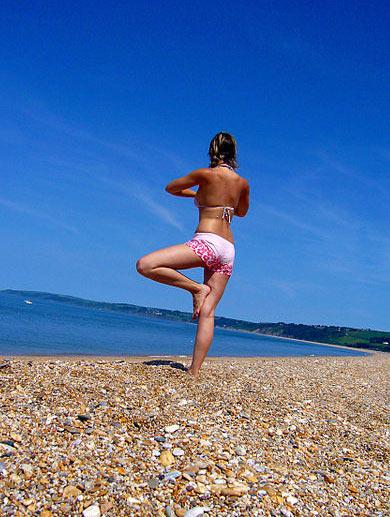
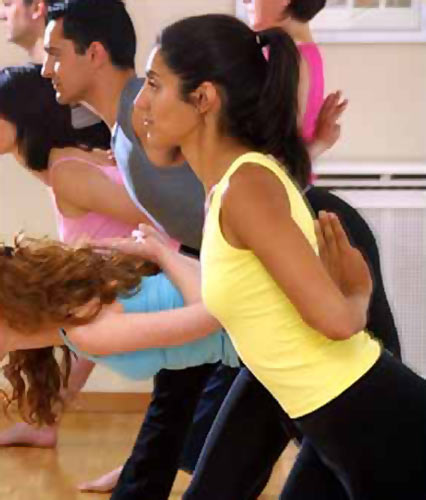
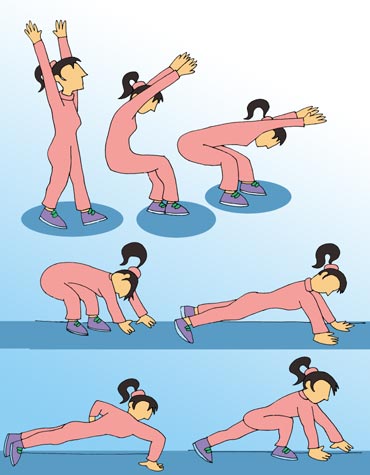
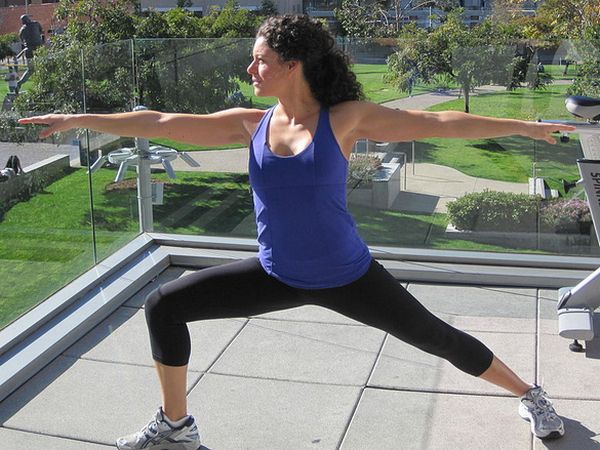
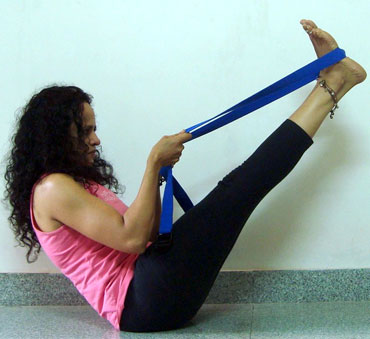
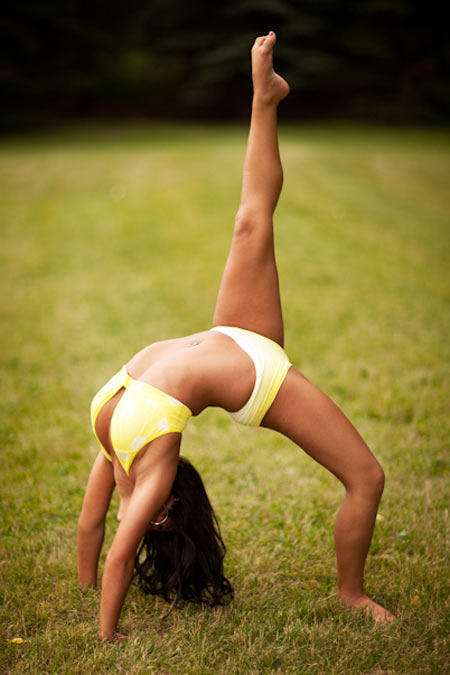
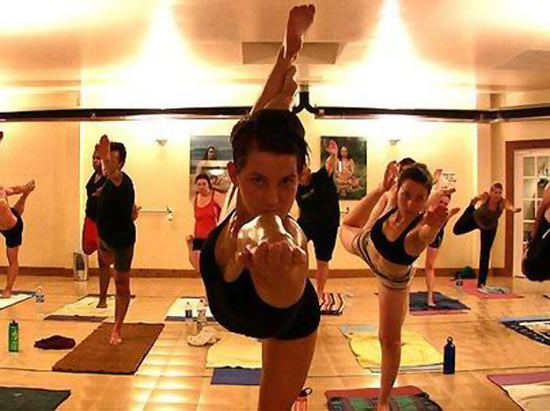

Comment
article